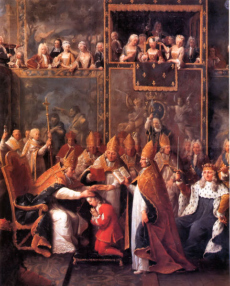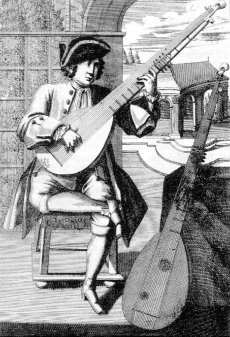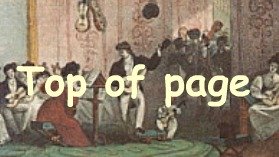The Biography
of Robert de Visée
ca. 1655 – 1732/33
France was the country of Robert de Visée's birth sometime around 1655. His family history is unknown but it is likely that it was a well-to-do household which provided him an education and excellent instruction in music. He was accepted by the King Louis XIV as a court musician at the age of 25. De Visée composed mostly for the guitar, theorbo, and lute, and is arguably the most important French composer of Baroque guitar music. A book of guitar works was published in 1682 with a sequel 4 years later, both published in Paris. He was employed to entertain the Dauphin or French prince and heir apparent, which is recorded in the preface to his first published book. He enjoyed a considerable reputation as a player of the guitar, the lute, the theorbo and the viola da gamba. De Visée was instrumental in establishing an important role for both the theorbo and guitar. The theorbo had imported by Italian musicians earlier and had been extensively used by the Italy-born Jean-Baptiste Lully, particularly as an accompanying instrument and in reinforcing the bass line of the continuo in chamber music which the lute, now already waning in prominence, was unable to do.

Dauphin or Heir Apparent
of France, Louis XV
performed by
Andrea Damiani
Click here to download sheetmusic of Robert de Visée's Suite in D Minor

a master of the baroque guitar
and the theorbo
Other Baroque guitar composers :
- Giovanni Paolo Foscarini
- Angelo Michele Bartolotti
- Francesco Corbetta
- Giovanni Battista Granata
- Gaspar Sanz
- Robert de Visee
- Silvius Leopold Weiss






